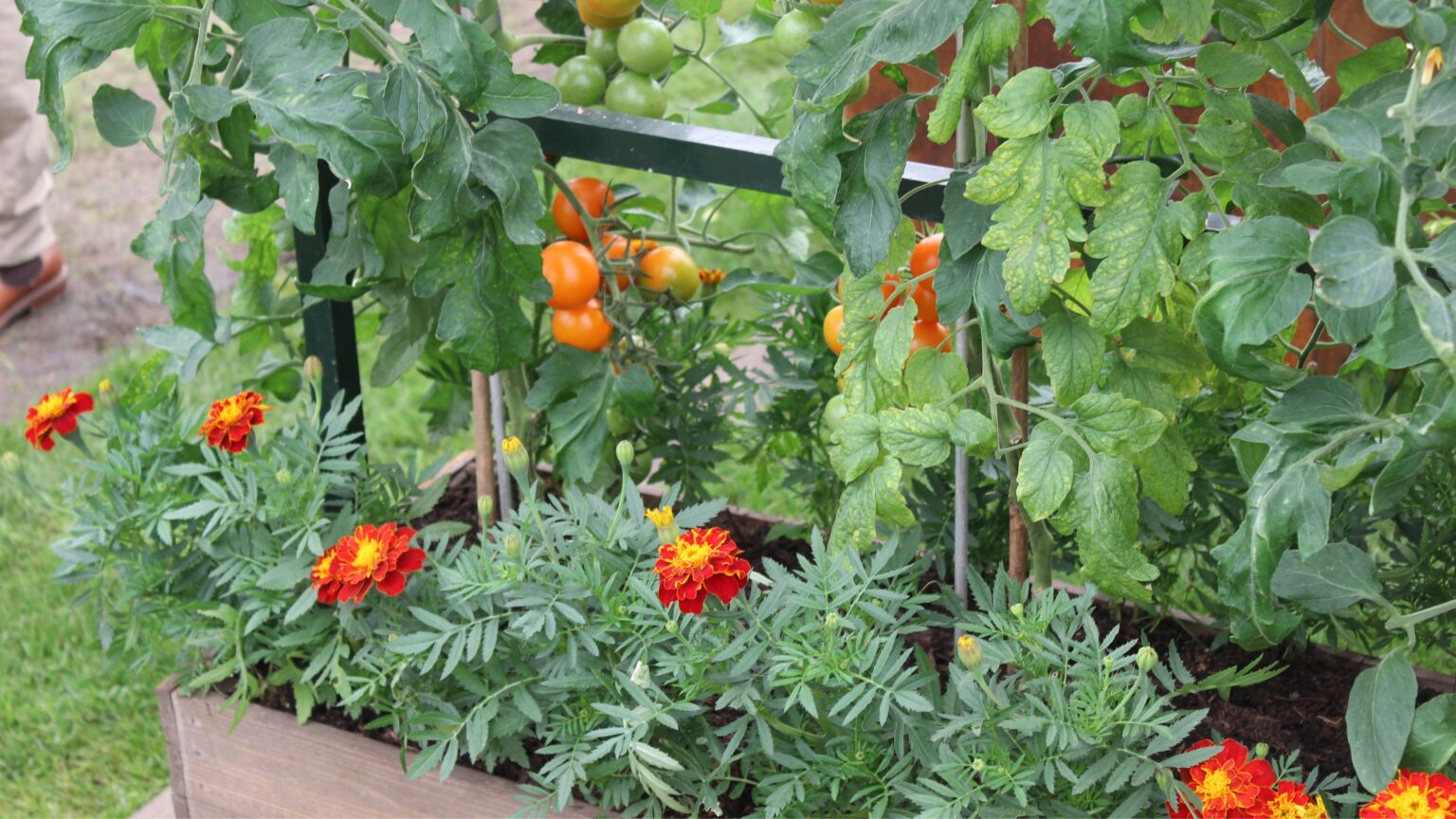You’ve probably heard of the term ‘pinching out’ before – it’s a popular gardening technique used on the likes of tomatoes, sweet peas and plenty of other plants. But what does ‘pinching out’ mean?
Well, it’s exactly as it sounds: this task involves pinching out the growing tip of a plant. But before you learn how to pinch sweet peas and other garden plants, you’ll need to know when to do it and why it’s such an important technique.
I spoke to the experts to explore the science behind pinching out and how to get it right.
So, what does ‘pinching out’ mean? It’s quite a straightforward concept, and if you’re familiar with how to prune tomato plants, you’ve probably already heard of it.
‘In simple terms, ‘pinching out’ is a traditional pruning technique where the top of the main stem is removed to encourage plants to produce more branches lower down the stem,’ explains Lucie Bradley, gardening and greenhouse expert at Easy Garden Irrigation.
Just as you’d pinch your arm to make sure you’re not dreaming, you can use your finger and thumb to pinch out plants.
Despite the name, not all experts think that the traditional way of pinching out plants is the best way to remove the growing tip.
‘Although many gardeners still manually ‘pinch’ away the top of the stem, I would always recommend using a clean, sharp pair of small snips as this makes the action more precise and prevents any cross-contamination,’ Lucie says.
You’ll just need to make sure you know how to clean your garden tools properly between each pruning session.
Spear & Jackson
Spear and Jackson Garden Snips
Agralan
Agralan Citrox 500ml Concentrate
Darlac
Darlac Ergo Gardening Snips
Why is pinching out important?
In a nutshell, pinching out involves removing the tender growth tip at the top of the stem. If you’re wondering why it’s so effective, the answer lies in the distribution of the plant’s energy. When you remove the tip, more energy is channelled towards the lower parts of the stem, stimulating the growth of new branches.
‘Pinching out creates a healthier, more compact plant with thicker growth and more flower-bearing stems,’ says Graham Smith MCIHort, gardening expert at LBS Horticulture.
In fact, pruning your plants in this way could be the key to preventing spindly plants (if you got them past the leggy seedling stage, that is).
‘You don’t want weak, leggy plants and pinching out when plants are young will help to prevent this,’ says Lucie.
When should you pinch out plants?
For the best results, you’ll need to strike at the right time – and that’s usually while your plants are still young. It’s one of the most important stages of growing tomatoes, for example, particularly for cordon types.
‘The best time to pinch out plants is early in their growing season, as this is when the plant is actively producing vegetative growth and developing buds,’ says Graham.
It’s actually crucial that you don’t leave it too late. ‘Pinching out any later in the season can risk the removal of flower buds or fruit,’ Graham warns.
How do you pinch out plants?
Now we’ve got the why and the when out of the way, it’s time to learn exactly how to pinch out plants. Luckily, it’s a simple technique.
‘Snip the stem just above the point where a pair of leaves have been produced – technically called a ‘node’,’ says Lucie. ‘By cutting there, you will stimulate the plant to form new branches from the main stem, with new shoots usually beginning to appear within a week.’
From there, you can repeat the process as new leaf pairs form, encouraging bushier plants with every pinch.
‘Pinching out’ involves everything it says on the tin – it’s a simple pruning technique that promises bushier plants with more fruiting and flowering potential. It’s worth adding the task to your list of jobs to do in the garden in May and the months that follow.
Read the full article here

